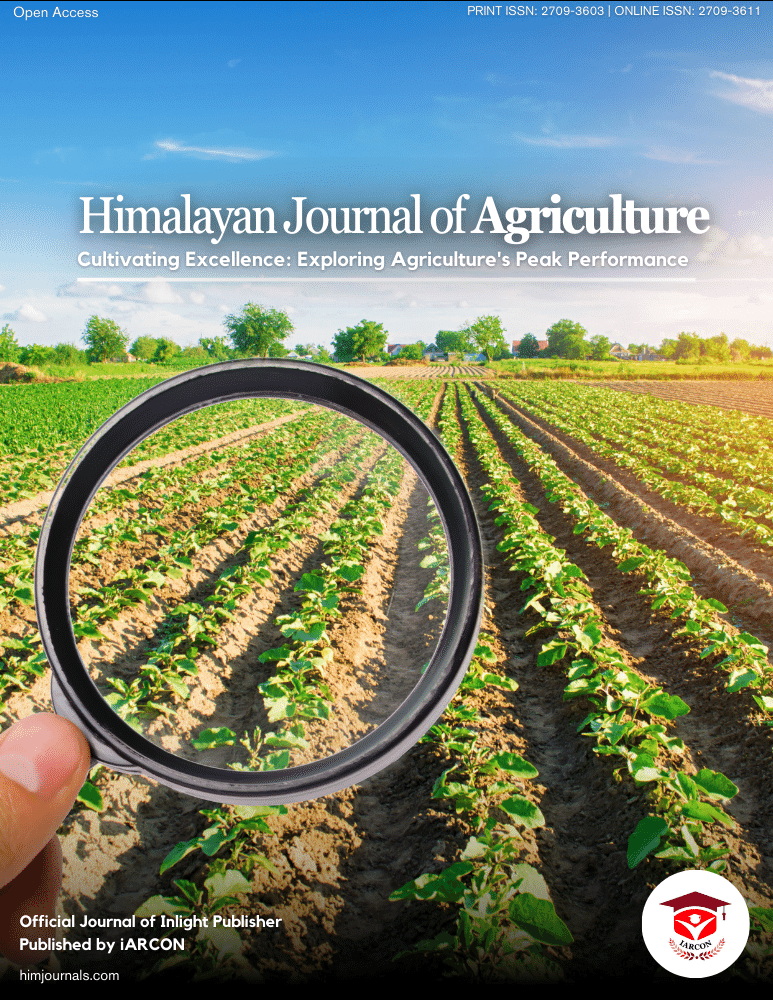With the advancement of microbiology, immunology and cellular biology, it is now essential to standardise the therapeutic source material for preparing nosodes and revised potency preparation parameters needs to be reform, which can help in the following ways.
As per Need of modern scientific era the proposed methodological procedure of nosode preparation is as follows:
The standardized method of preparation will be reproducible if the guidelines formulated are followed by the pharmacies
In case of clinical sample, consent from the donor has to be documented.
Steps to Nosode Preparation
Using this method the following steps have been described with example of one of the nosodes prepared.
Step I
Identification and procurement of source material: Identification and documentation of the authentic source material is essential. Standard tests must be performed and specified confirming the exact organisms. Ethical consideration is compulsory as per regulations for every procedure.
Step II
Nature of material: These preparations are divided in HPI into four groups such as N-I, -II, -III and IV as per the nature of material, whether the organisms are capable of producing endotoxins, exotoxins, made from purified toxins or made from microbes, viruses or clinical material from diseased subjects.
N-I– The preparations made from lysate of micro-organism capable of producing bacterial endo-toxins; e.g. Salmonella Typhimurium, Escherichia Coli and Staphylococcus.
N-II – The products made from micro-organisms capable of producing exotoxin, e.g. Corynebacterium diphtheriae.
N-III – The preparation must be made from purified toxin.
N-IV – Preparation made from micro-organisms/ viruses/clinical materials from human convalescents or diseased subjects, e.g. Variolinum, Influenzinum, Psorinum, Syphilinum and Morbillinum. New nosodes sourced from HIV, Hepatitis C and Mycobacterium tuberculosis fall under this group.
Step III
Removal of common co-infection/contamination: Purity of the source material has to be established. All possible contaminants must be removed.
Step IV
Removal/Separation of other components: The nosode if derived from serum, serum expression, centrifugation, and/or filtration is liable to procure the organism from the source material.
Step V
Characterization of source material: The microorganisms which are to be used are essential to be characterised in terms of genotyping and strains, as per the modified recent technology. In case of bacteria-strain characterization and for virus, Genotyping is essential and has been done.
Step VI
Safety
Biosafety: Established biosafety guidelines are recommended with minimum and safe handling, using sealed containers and disposable auto-tip pipettes. Bio-risk assessment is mandatory. The safety of nosode in various potencies must be established as per the guidelines on sterility testing mentioned in Indian Pharmacopoeia or European Pharmacopoeia.
Step VII
Mother preparation: Coming to this stage specified quantity of pure culture of one polyvalent nosode or more than one type of organisms can be mixed in vehicle to obtain original stock nosode.
In case where nosode is to be prepared using pure culture where there is documented evidence for its purity one can skip steps III, IV and V.
Step VIII
Quantification: It should be considered mandatory to specify the strength of stock nosode, whenever technology is available.
Step IX
Potentization: The method of potentization is decided depending on the nature of source material e.g. Succussion or trituration (Machine and Method).
Trituration process can be followed where the size of biological material is macron or visible to naked eye.
Whenever the microorganisms are found in micron size, which are generally uniformly spread in the solution, which should be applicable to nosodes derived from virus, bacteria and fungi, Succussion is recommended over trituration.
Board of Regulations of Europe recommended the use of succussion for nosodes.
The heart and liver extract of duck was used for the preparation of Oscillococcinum (Boiron, France) by succussion.
There is a scope for improvement in the conventional method of potentization as far as machine parameters are considered.
Step X
Safety check for human use: To safeguard the human subjects’ participation, it is necessary to establish the safety of the nosode. As per the HPI, issuing of any nosode (6X or below) for therapeutic use or for manufacturing of higher attenuations, the test for sterility as mentioned for aerobic and anaerobic organisms in IP 1964 should be made. Additional precautionary measures as per guidelines must be taken as and when required.
Step XI
Lyophilization: At this stage lyophilisation of the original stock is recommended to allow remaking of the nosodes in future, without any need to repeat initial steps. A centralised depository system could be made in future where standardised raw materials could be preserved for its scientific use.


